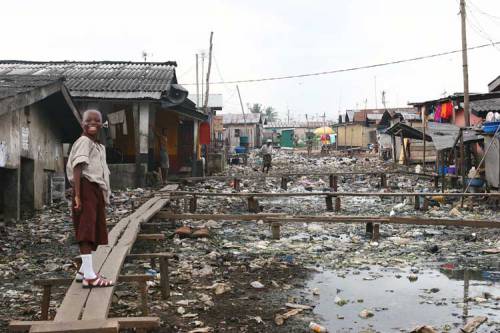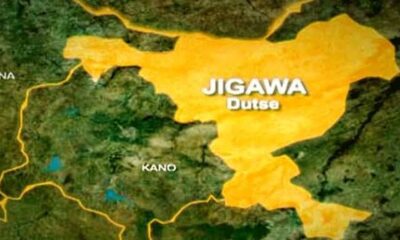Forgotten Dairies
Poverty is driving a rise in the number of Nigerian child hawkers -By Chinwendu Chinonyerem Emmanuel
Child street hawking is one of the main forms of child labour. Others include children working at building sites or on farms. Nigeria’s population is estimated at 183 million with about 50% below the age of 18. There is a need for the government to make adequate provisions for education, care and protection for this group, if the nation wants to progress.

PROJECT OF SOCIETY OF YOUNG NIGERIAN WRITERS [SYNW]- ALVAN CHAPTER
Sponsored by:
- Rays Foundation House
- Reborn Pen
- Foundation for Environmental Rights, Advocacy and Development – FENRAD
- Nigerian Society of Campus Writers – NSCW
- Radio Medias
- London Poetry Concert
- Peace Talk Advocacy of Nigeria – P-TAN
- Association of Nigerian Authors – ANA Abia State Chapter
More sponsors are also needed to execute our project and to eradicate Child street hawking business…
Child street hawking is common sight on streets in Nigeria’s cities. Children sell products such as boiled groundnut, fruit and chips that they carry on trays balanced on their heads.
In recent months, the practise has been on the rise. The increase is the result of spiralling poverty and the worsening economic situation.
The International Labour Organisation estimates that in Nigeria about 14 million children between the ages of five and 14 are involved in a form of economic activity.
Globally there are 168 million children involved in child labour. Of these, 59 million are from sub-Saharan Africa.
Child street hawking is one of the main forms of child labour. Others include children working at building sites or on farms. Nigeria’s population is estimated at 183 million with about 50% below the age of 18. There is a need for the government to make adequate provisions for education, care and protection for this group, if the nation wants to progress.
In 2008, the Lagos state government banned child street hawking during school hours to reduce the practice. But since then, addressing child street hawking has not been on the government’s agenda.
Street hawking has huge implications for children’s physical and emotional well-being. It exposes them to sexual abuse, physical exhaustion, vehicle accidents, death and malnourishment and drug and substance abuse and prostitution.
Research shows that among the young girls who street hawk, there is a low awareness of pregnancy or the risk of sexually transmitted infections.
Child exploitation
Researchers have described child street hawking as an exploitative form of child labour.
There are three ways that children become street hawkers. First, most of them are trafficked from the rural communities to the cities for illicit businesses.
The second way is through their parents, who send them to the street to hawk to supplement their family income. In most cases, their families migrated to the city on their own but could not cope with the high cost of living.
Deplorable living conditions and the high rate of unemployment in rural communities because of the government’s focus on development projects in cities have given people no option but to migrate to the city. It fosters the notion that migrating to the city is the best way to break the poverty cycle.
Third, they are orphans who lost their parents either to disease or terrorist activity. They live on the street and hawk for survival.
Against the law
Child street hawking opposes the UN Convention on the Rights of the Child. Nigeria is a signatory to the convention, which was established in 1989. The convention makes it an offence to involve children in an activity which impacts negatively on their health and well-being. The convention also emphasises the need for the government to protect children from exploitation.
In addition to the convention, Nigeria’s Child Rights Act has similar provisions. It says children should be protected from trafficking and/or street hawking. But the implementation of these provisions has been abysmal to date. Children are still being trafficked and pushed into street hawking despite the many dangers associated with it.
In the past the government has provided some structural interventions. These include the Universal Basic Education programme. Introduced in 1999, it was intended to guarantee tuition-free compulsory basic education for all children in Nigeria. But due to poor infrastructure, inadequate funding and lowering education standards, the impact is yet to be felt.
Creating a protective environment
Despite the emotional trauma and physical dangers these vulnerable children face, little is being done to protect them or to discourage such practices. Poverty alleviation, health education and protective child rights policies would decrease the prevalence of child street hawking.
The parents of children who street hawk should be empowered economically to be able to take care of them. But the government should also create awareness about child trafficking and provide affected children with support.
Constantly denying children their right to be protected and cared for has an impact on their effective development and well-being and is an injustice. A concerted effort should be made to implement the UN convention and the provisions of the Child Rights Act.
More importantly, the government must understand the psychological impact of this trade. It must tailor interventions to meet the needs of these children and to reduce the practice.



















